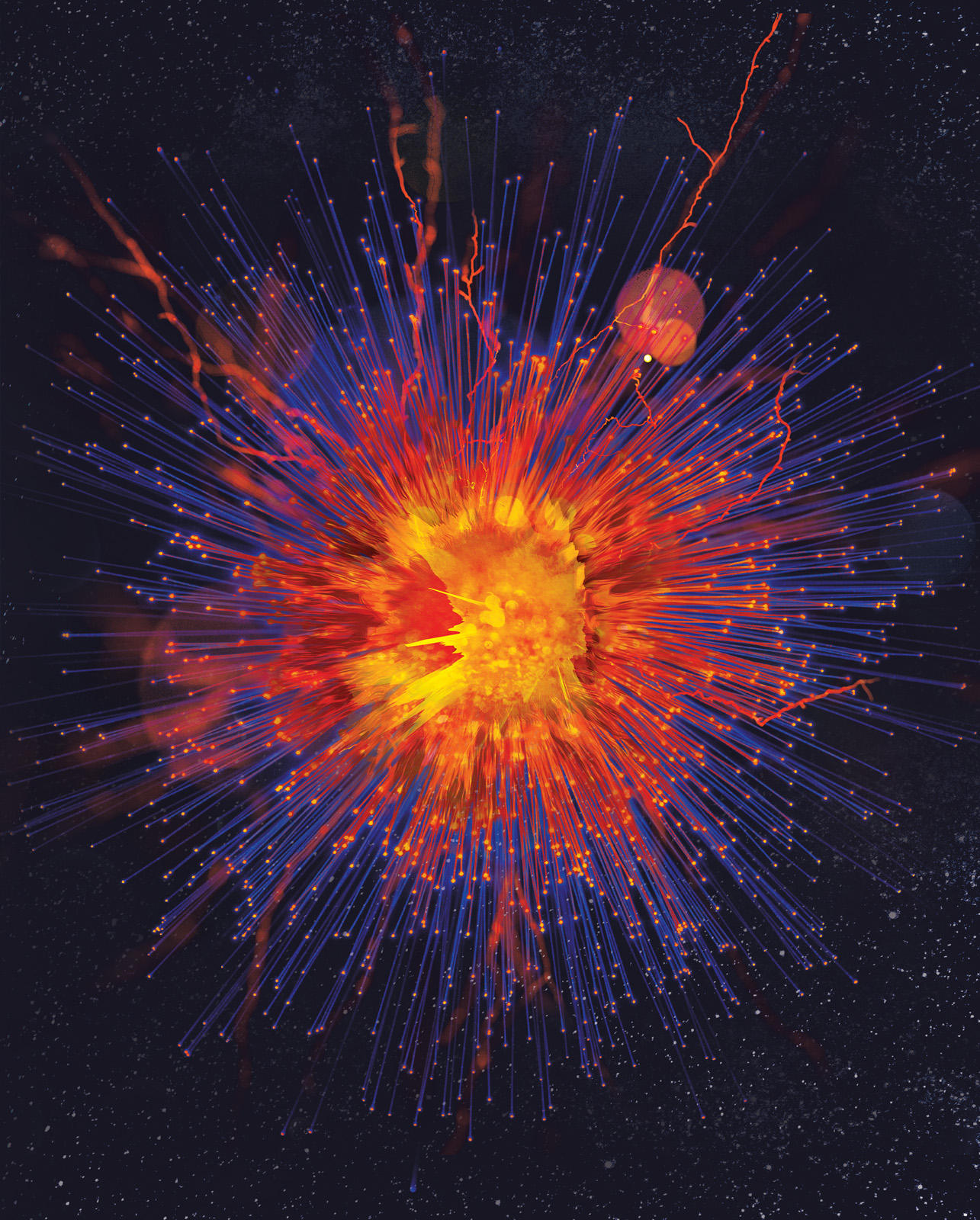
Pat Flynn, Stephen Meyer, and the Return of the God Hypothesis, Pt. 2
On this ID the Future, Pat Flynn continues his conversation with bestselling author and philosopher of science Stephen C. Meyer, director of Discovery Institute’s Center for Science and Culture. The focus is Meyer’s new book, Return of the God Hypothesis, and here in the second and final part of their conversation, Flynn and Meyer discuss the beginning of the universe, the multiverse hypothesis, worldview bias, Bayesian probability calculus, methodological materialism, and specific scientific predictions that intelligent design thinking has motivated. This interview is presented here with permission of philosopher and YouTuber Pat Flynn.

